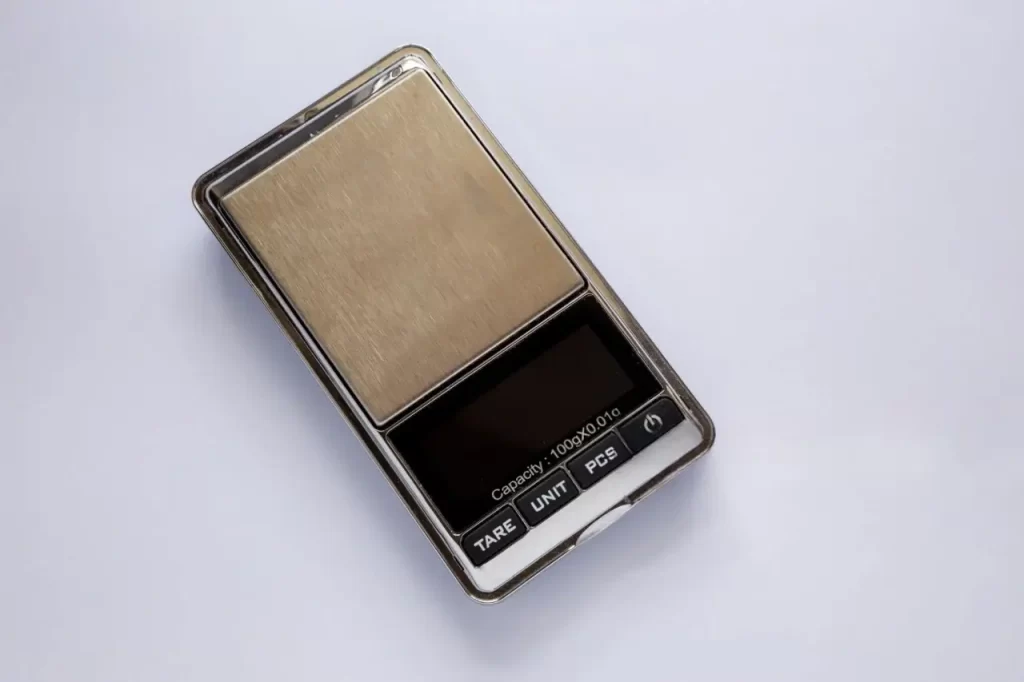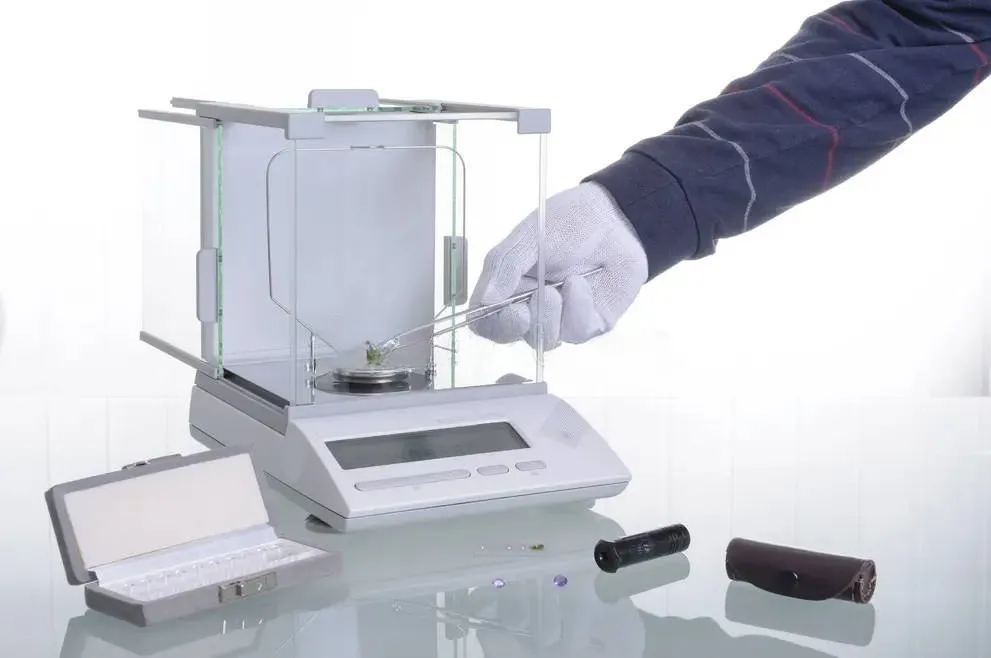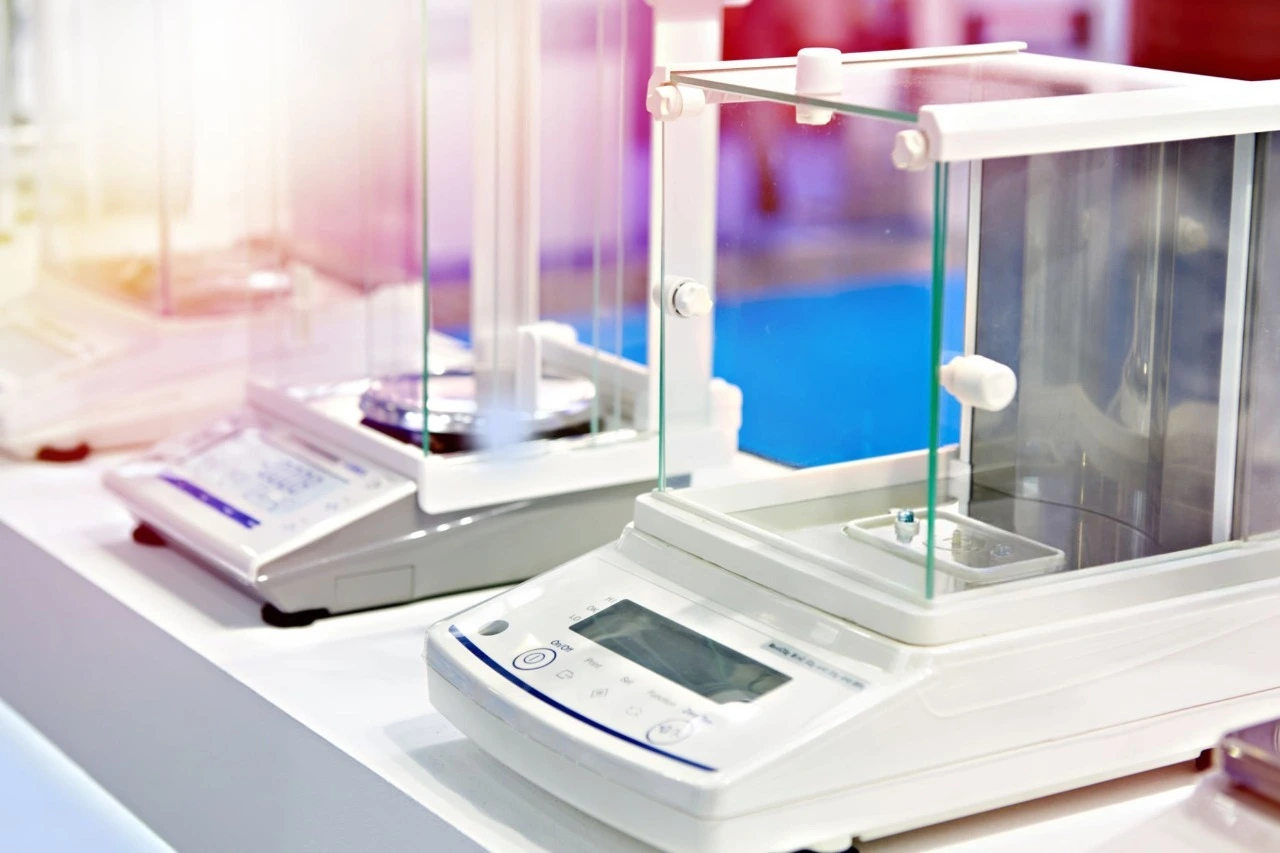Selecting the right digital jewelry scale is a critical decision for anyone working with precious metals, gemstones, or intricate designs—whether you’re a professional jeweler or an enthusiastic hobbyist. Precision is paramount in this field, as even a slight miscalculation can lead to costly errors, flawed creations, or inaccurate appraisals. This guide will walk you through the process of choosing a jewelry scale tailored to your needs, covering key features, user types, and pitfalls to avoid.

Step 1: Know Your Purpose—What Type of User Are You?
Before browsing models, determine how you’ll primarily use the scale. Your role—whether a jewelry maker, gemologist, retailer, or hobbyist—will shape the features you prioritize, saving you time and ensuring you get the right tool.
Jewelry Maker / Designer
If you craft jewelry at home or in a studio, you need a scale that delivers pinpoint accuracy for measuring small amounts of gold, silver, or other metals. Precision ensures your designs come together as intended.
- Your Needs: High precision (0.01g or better) and the ability to switch between units like grams, carats, or troy ounces. A tare function is essential for weighing materials in containers.
- Recommended Scale: A compact, high-precision tabletop scale.
Gemologist / Appraiser
Your work revolves around valuing and authenticating gemstones, where absolute accuracy is non-negotiable.
- Your Needs: Exceptional precision (0.001g) for weighing gemstones, with support for the carat (ct), the standard unit for gems.
- Recommended Scale: A dedicated carat scale designed for ultra-fine measurements.
Retailer / Pawnshop Owner
You handle frequent transactions, so your scale must be durable, fast, and reliable under constant use.
- Your Needs: A sturdy scale with a clear display, easy calibration, and an automatic shutoff to conserve battery life.
- Recommended Scale: A professional-grade digital scale built for heavy use.
Hobbyist / Collector
If you occasionally weigh coins, small collectibles, or precious metals, affordability and portability are likely your priorities.
- Your Needs: A budget-friendly, portable scale that’s easy to use and carry.
- Recommended Scale: A pocket-sized digital scale for jewelry.
Step 2: Key Features to Evaluate
Once you’ve identified your user type, focus on these critical specifications to narrow your options.
Accuracy and Capacity
Accuracy and capacity define a scale’s performance.
- Accuracy: This measures the smallest weight increment the scale can detect. For high-value gemstones like diamonds, you’ll need 0.001g accuracy. For larger quantities of gold or silver, 0.01g is usually sufficient.
- Capacity: This is the maximum weight the scale can handle. A gemologist might only need a 20g capacity, while a jeweler working with heavier pieces may require up to 500g.
Units of Measurement
A versatile jewelry scale should support multiple units to match your needs:
- Gram (g): The standard metric unit for weight.
- Carat (ct): The global standard for gemstones.
- Ounce (oz) & Troy Ounce (ozt): Used for precious metals, with the troy ounce being slightly heavier.
- Pennyweight (dwt): Common in the jewelry industry, especially for gold.
Step 3: Essential Features for a Better Experience
Beyond core specs, these features can make your scale more practical and user-friendly.
Tare Function
The tare function lets you zero out a container’s weight to measure only the contents. For instance, place a bowl on the scale, hit the tare button, then add your gemstones—the display will show only the gems’ weight. This is a game-changer for efficiency.
Calibration
Regular calibration keeps your scale accurate.
- Manual Calibration: Uses a calibration weight to adjust the scale manually.
- Automatic Calibration: The scale self-adjusts, though you may still need a weight for verification.
- Built-in Calibration: Found in high-end models, this uses an internal mechanism for effortless, precise calibration. Check if your scale includes calibration weights, as they’re often sold separately.
Display
A clear, backlit LCD screen is crucial, especially in dim lighting. It ensures quick, error-free readings.
Portability and Durability
If you travel to trade shows or client meetings, choose a compact scale with a protective case to safeguard its sensitive components. Durability is key for frequent movers.
Step 4: Pre-Purchase Tips and Common Pitfalls
Before you buy, keep these tips in mind to avoid costly mistakes.
Choose Reputable Brands
Avoid the temptation to grab the cheapest scale on a generic e-commerce site. Opt for brands like Stuccler, known for reliable, high-precision digital jewelry scales trusted by professionals. These brands offer warranties and responsive customer support, ensuring long-term satisfaction.
Check User Reviews
Research reviews from other jewelers or professionals to gauge a scale’s real-world performance. Look for feedback on accuracy, durability, and ease of use to confirm your choice.
Mistakes to Avoid
- Don’t confuse jewelry scales with kitchen scales. Kitchen scales lack the precision required for jewelry work.
- Avoid postal or luggage scales. These are built for heavy items and can’t handle the fine measurements needed.
- Never skip calibration. Regular calibration is critical for consistent accuracy.
Final Thoughts
Choosing the right digital jewelry scale comes down to understanding your needs and matching them with the right features. Whether you prioritize precision, durability, or portability, evaluating scales based on accuracy, capacity, and practical functions will lead you to the perfect tool for your craft.
What type of user are you, and which features matter most to you in a jewelry scale?




